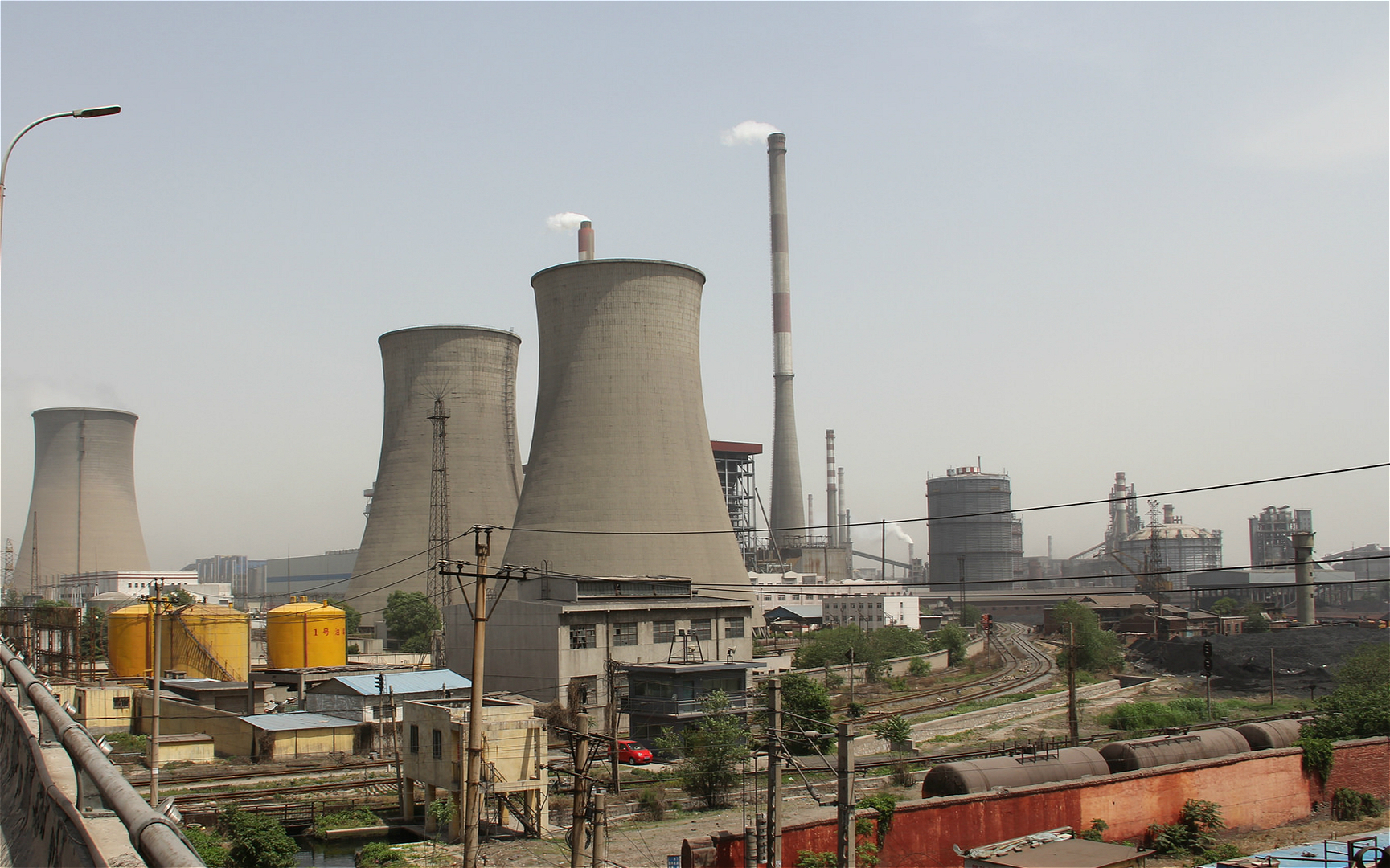On the positive side, however, the revision is a strong indication that the Chinese government is prepared to let the less favorable data be published without hindrance.
The Chinese government seems prepared to release data more clearly indicative of the dimensions of the problem of curbing greenhouse gas (GHG) emissions. One could think of this as having the effect, for example, of strengthening both domestic and international forces for curbing GHG by revealing that pollution levels were higher than previously reported even as renewables provided an increased share of energy production.
Our view on this is reinforced when one considers that the same revision of energy data also carries an upward estimate of non-fossil energy consumption (in terms of coal-equivalent), of a magnitude in fact greater than that for coal in percentage terms.
This means that had the Chinese been ‘concealing’ their bad coal consumption data, by under-reporting levels of coal consumption, they would at the same time have been under-reporting their usage of renewable energy sources – hardly plausible if political correctness had been the goal. It is interesting that the NYT and other Western reports focused exclusively on under-reported coal consumption and ignored the underreporting of renewable sources.
The substantial revision of energy use data in those energy-intensive industries would likely be a result of the previous underreporting of capacity additions in those industries. For example, the documentary ‘Under the Dome’ released early this year suggests that a large number of small steel mills and coal mines in China were built without official approvals. Consequently they are unlikely to report their energy usage properly, if at all. On the other hand, with the enforcement of environmental laws as well as the economic slowing down, many of those industries recently faced significant declines. In the steelmaking industry, for example, one of us has argued that the crisis facing the industry reflects a structural change, and that is has passed its production peak.
Fig. 1. Revised coal consumption data (in tons) in China and the 2020 target
Source: authors based on China Energy Statistical Yearbook 2013 and China Energy Statistical Yearbook 2014. Note that the 2014 figure is estimated by the authors based on a statement in the 2014 National Economic and Social Development Statistics Bulletin released in Feb 2015 that “the coal consumption in 2014 decreased by 2.9% from the 2013 level”. While the statement needs to be taken with caution given the revision of the energy data, we believe the information is still indicative especially given that the compilation of the data in the Bulletin appears to have taken the latest results from the 3rd Census into account.
Keeping on track
The official target for coal consumption which has been set at a maximum of 4.2 billion tonnes by 2020, would still seem to be eminently achievable if the falling trend continues.
In closing, we have always emphasised that China’s energy production and consumption patterns with the current dependence on fossil fuels (largely coal) is a large ship that will take considerable time to turn around. But turning is what the ship is doing – as disclosed by the greening at the margin, where net additions to generating capacity, to new investment and to electricity generated all reveal green sources outranking the black. China has every incentive to pursue such a course grounded in enhancing its energy security and in reducing levels of particulate pollution that create unbearable smog.
The new data on China’s past coal consumption levels mean that the black picture we have always painted has been even blacker than we imagined. But it would be quite mistaken to project these data revisions as meaning that China has been ‘found out’ in seeking to minimise its past coal consumption.
On the contrary it reveals a greater openness and preparedness to allow the data to be published, irrespective of what it shows; indeed the new data encourages greater pressure to be brought to bear on major GHG-emitting industries to reform their practices. And we note that the new data reveal not only that coal consumption was underreported – but also that dependence on renewable sources (hydro, wind, sun) has been under-reported as well – a boon for China and the world.
It is China’s preparedness to be more open and transparent in its energy data that gives us greater confidence that the reported trends towards a greening of the system are real trends and not just statistical artefacts.








